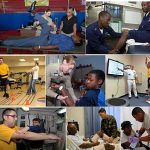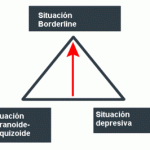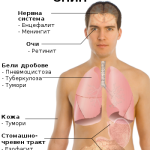Mental health articles
OF mental health care and mentally ill
conversion disorder clinical profile
Clinical Description
The manifestations of conversion are protean and may mimic many different known medical conditions. Conversion symptoms can be categorized according to four major subtypes. Conversion disorder with motor symptom or deficit includes symptoms such as paralysis, paresis, impaired coordination, aphonia, difficulty in swallowing, or a lump in the throat. Astasia-abasia is another classic example of a motor conversion.
Individuals with astasia-abasia can be categorized by gross, irregular, pseudotaxic movements of the trunk, staggering and halting steps, and waving of the hands and arms. Like patients with pseudoseizures, these individuals often do not hurt them selves when falling to the ground and may have complete control of the body while sitting. A second subtype of conversion disorder is characterized by some sensory symptom or deficit. Sensory disturbances usually come in the form of anesthesias and are experienced most frequently in the extremities. Glove anesthesia of the hands and sock anesthesia of the feet represent classic examples of sensory conversions. The sense organs for vision and audition can be used as sources of conversion.

English: Main symptoms of AIDS, as described in the Wikipedia:AIDS article. Model: Mikael Häggström (Photo credit: Wikipedia)
Seizures or convulsions with sensory or motor components represent a third subtype of conversion disorder. Pseudoseizures are characterized by wild, disorganized writhing of the body and arms and legs flailing with abandon. Unlike individuals with true seizures, this all occurs without the patients injuring themselves. In addition, individuals with pseudoseizures do not void or soil themselves. The final subtype of conversion disorder tends to be characterized by a mixed presentation of more than one of the previous subtypes.
Related articles
Post Footer automatically generated by wp-posturl plugin for wordpress.
More from my site
Tags: clinical, conversion, disorder











Leave a Reply